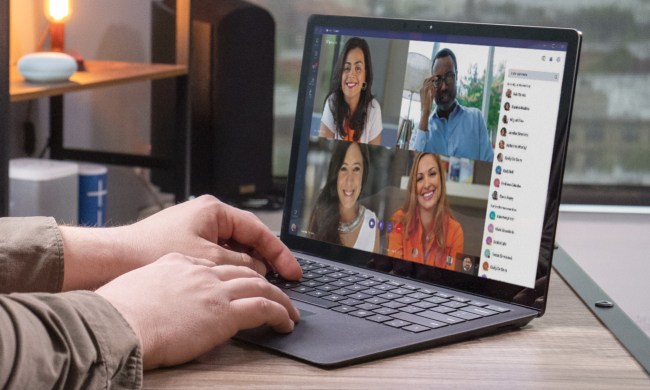
Based on 97 surveys dating back to 2000, Pew Research found that 84 percent of American adults use the Internet today, which remains unchanged from the 2013 and 2014 numbers. Young adults, people with high levels of education, and those residing in more affluent households are at “full saturation levels” when it comes to Internet use, according to Pew Research.
“There are two broad trends in these data,” said Maeve Duggan, a research associate at the Pew Research Center, in an interview with USA Today. “The first is that the groups traditionally leading the way in tech adoption — the young, highly educated and relatively well off — are now nearly all Internet users.” The second is that “digital differences still remain.”
When it comes to age, the report notes that 58 percent of senior citizens now use the Internet. While this unsurprisingly trails younger age groups’ adoption rates, this marks a “clear majority” for the elder segment, according to Pew Research. In 2000, seniors had just a 14 percent Internet adoption rate.
The gaps that exist between American adults of varying education levels continue to narrow. “While a large majority of the well-educated has consistently been online, those without a college degree saw greater rates of adoption over the past 15 years and have notably lowered the access gap,” according to Pew Research.
American adults living in households with an annual income of at least $50,000 have Internet adoption rates above 95 percent, while adults living in households with an annual income of between $30,000 and $49,999 have an 85 percent adoption rate. Those living in households with an annual income of less than $30,000 have a 74 percent adoption rate. As with education levels, the gaps based on household income are dissipating.
African-Americans have seen the biggest jump in Internet usage since 2000, though their 78 percent adoption rate still trails whites and English-speaking Asian-Americans.
When it comes to types of communities, American adults living in urban and suburban areas of the country have an 85 percent Internet adoption rate, while those living in rural areas have a 78 percent adoption rate.


